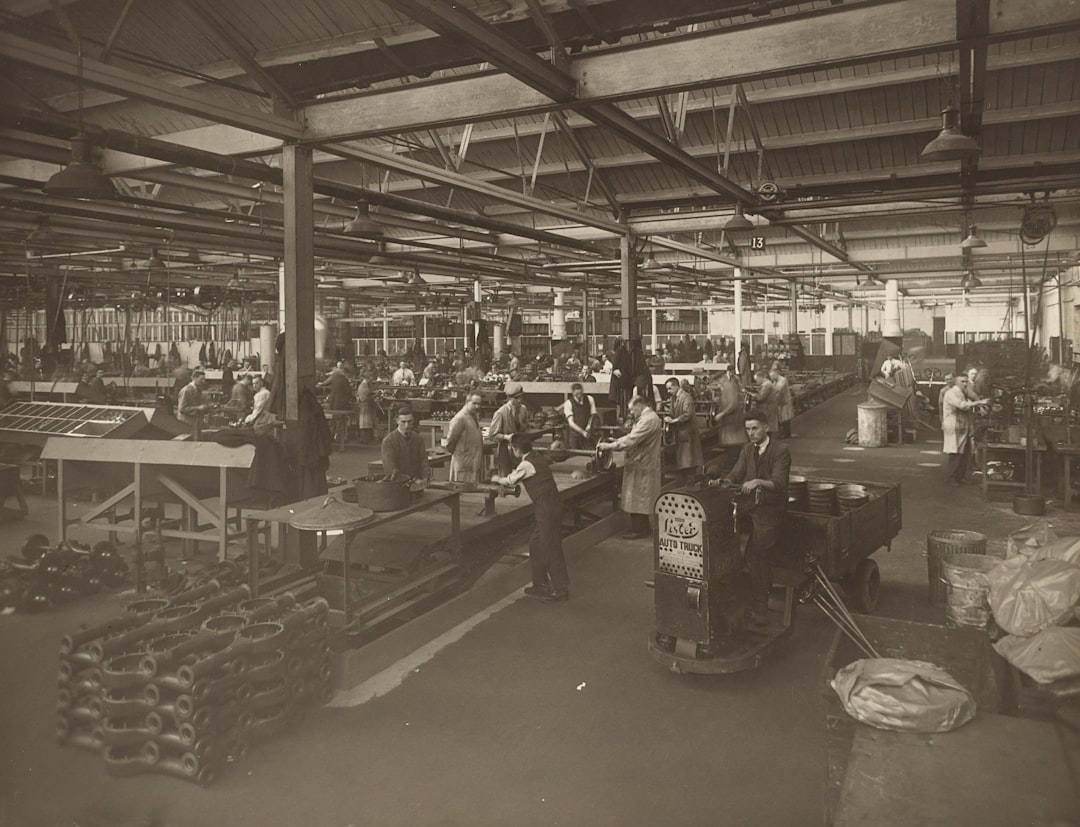In today’s competitive market, delivering high-quality products is paramount. The pursuit of zero-defect production, while seemingly unattainable, is a powerful goal that drives continuous improvement and significant business benefits. This isn’t about achieving literal perfection – it’s about striving for excellence, minimizing defects, and establishing a culture of quality throughout your organization. This post will explore the key elements involved in achieving this ambitious yet rewarding objective.
Understanding the Zero-Defect Philosophy
The zero-defect philosophy isn’t just about catching defects at the end of the production line; it’s a proactive approach that emphasizes preventing defects from occurring in the first place. It’s a fundamental shift from reactive quality control to preventative quality management. This involves a holistic approach, impacting every stage of production, from design and procurement to manufacturing and delivery. It requires a commitment from every employee, fostering a culture of responsibility and ownership for quality. Adopting this philosophy necessitates a deep understanding of potential failure points and implementing robust processes to mitigate risks. This includes rigorous testing, meticulous documentation, and a continuous feedback loop to identify and address potential issues.
Implementing Preventative Measures: The Foundation of Zero-Defect Production
Preventative measures are the cornerstone of achieving zero-defect goals. This involves identifying potential sources of defects early in the process, often during the design phase. Techniques like Failure Mode and Effects Analysis (FMEA) help anticipate potential problems and implement solutions before they cause defects. Robust design principles ensure that the product is inherently less prone to defects. Investing in high-quality materials and equipment also plays a significant role. Regular maintenance and calibration of machinery prevent breakdowns and inconsistent output. Furthermore, providing thorough training to employees ensures they possess the skills and knowledge to perform their tasks correctly, minimizing human error.
Strengthening Quality Control Processes: Catching Defects Early
Even with the best preventative measures, some defects might slip through. This is why robust quality control processes are essential. Statistical Process Control (SPC) techniques allow for continuous monitoring of production processes, identifying deviations from established standards and allowing for timely intervention. Regular inspections at different stages of production help catch defects early, minimizing the cost and effort required for rectification. Implementing check points and using quality control tools like control charts and Pareto charts helps to identify the root causes of defects and prioritize corrective actions. Furthermore, regular audits ensure compliance with quality standards and identify areas for improvement.
Embracing Continuous Improvement: The Kaizen Approach
Zero-defect production is not a destination but a journey. Continuous improvement is crucial for sustaining progress and adapting to evolving needs. The Kaizen philosophy, emphasizing small, incremental improvements, is highly effective in achieving this. Regularly reviewing processes, analyzing data, and soliciting feedback from employees are key components of this approach. Implementing lean manufacturing principles, such as eliminating waste and streamlining processes, further enhances efficiency and reduces the potential for defects. Regularly updating and refining standard operating procedures (SOPs) based on lessons learned ensures that processes remain optimal and prevent future defects.
Measuring Success and Tracking Progress: Key Performance Indicators (KPIs)
To effectively pursue zero-defect production, it is crucial to track progress using relevant KPIs. These metrics provide valuable insights into the effectiveness of implemented strategies and highlight areas requiring attention. Key indicators include defect rate, defect per million opportunities (DPMO), customer returns, and customer satisfaction scores. Regularly monitoring these KPIs allows for timely adjustments to processes and strategies, ensuring that the organization remains on track towards its zero-defect goals. Data analysis helps identify trends and patterns, providing a clear picture of the overall performance and pinpointing specific areas for improvement. Using dashboards to visualize this data makes it easily accessible to all stakeholders.
Achieving zero-defect production requires a long-term commitment, a culture of continuous improvement, and a relentless focus on quality at every level of the organization. While the ultimate goal might seem elusive, the journey itself brings significant benefits, including increased customer satisfaction, reduced costs, improved efficiency, and a stronger competitive edge.
SEO Tags:
Zero-Defect Production, Quality Control, Lean Manufacturing, Six Sigma, Continuous Improvement




